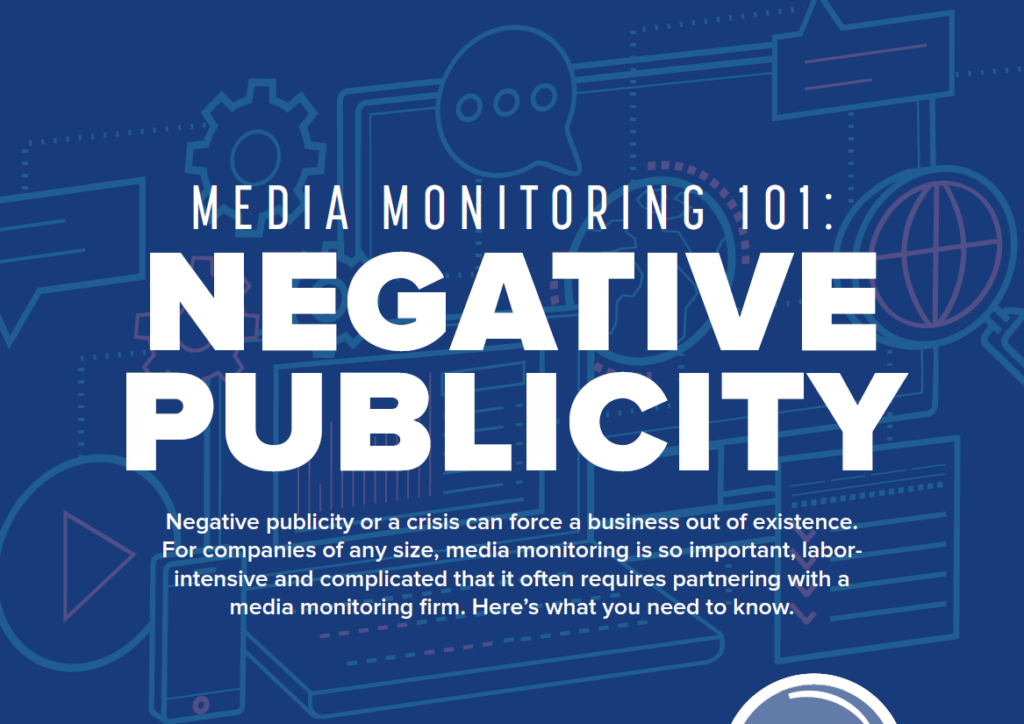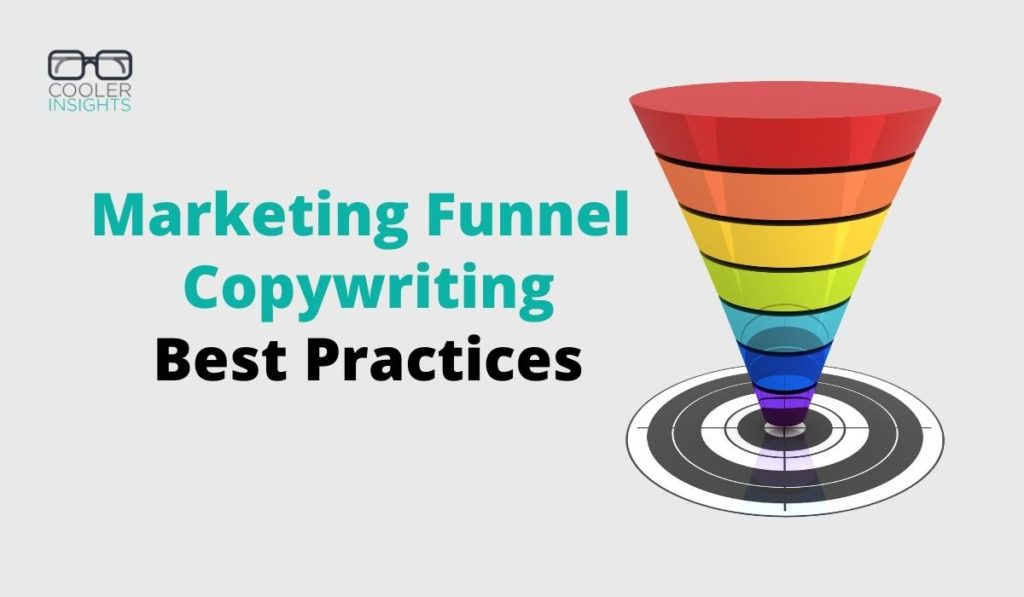
Wish you knew how well your Facebook or Instagram ads are doing? You’re not alone.
I’ve met countless small business owners who tell me they “boosted a post” or “ran some ads,” but when I ask how those ads performed, the answers get fuzzy.

Language barriers cost businesses time and money. Workers spend a significant amount of time translating ideas for global team members and diverse audiences.
Doing so requires valuable effort that they could spend on other tasks to improve the company. Miscommunications and misunderstandings also create issues for managers who must remedy the mistake.

(photo credit: Microsoft Stock Images)
Customer churn is a quiet leak in the growth of many digital marketing agencies. Clients may cancel contracts or switch providers for reasons that often trace back to one issue: a poor experience.
While many firms focus heavily on acquisition, the most sustainable way to grow lies in creating customer experiences that build trust, deliver results, and make clients want to stay.

One of the latest buzzwords in the world of Generative Artificial Intelligence, Agentic Artificial Intelligence (AI) is all the rage these days.
But what is it, and how can it be applied in marketing?

Reputation is one of the most valuable assets for any business, and it can shift rapidly in today’s fast-paced communication landscape. Negative publicity, whether justified or exaggerated, spreads quickly across news outlets, online reviews, and social media platforms.

Wish to improve digital copywriting for your online channels? How do you differentiate between copy that attracts versus copy that converts?
Learn all of that and more in this comprehensive guide to online copywriting for your marketing funnel!

Marketers today have more data than ever—customer clicks, purchase histories, ad performance, email opens and more. However, too often, teams spend time stitching reports together that end up with vague insights and unclear next steps.
These outcomes have led to slow decision-making that leaves opportunities on the table.

Need to boost your personal productivity? Start by focusing your attention on what matters.
Sadly, that’s not true for most of us. Studies show that we only work for 40 seconds in front of a computer before we’re interrupted!